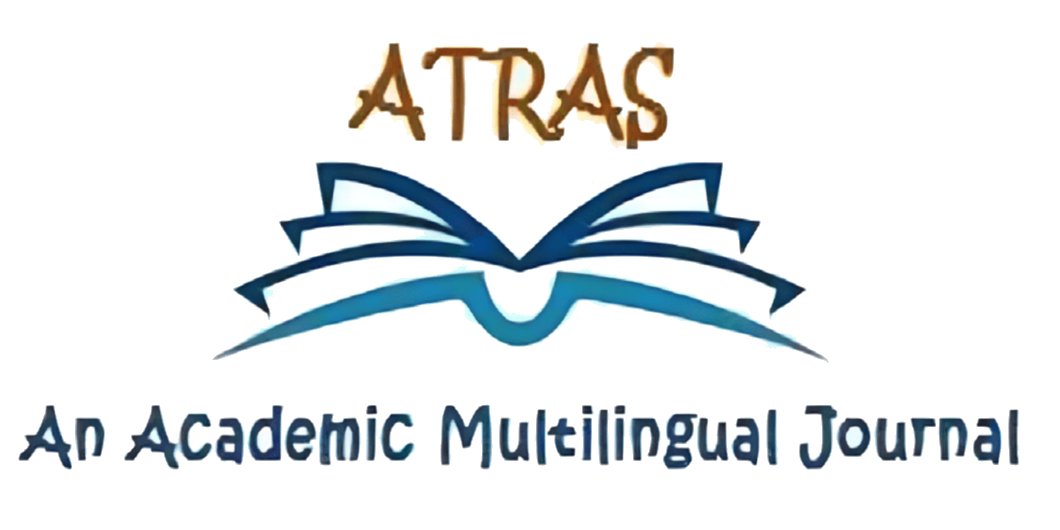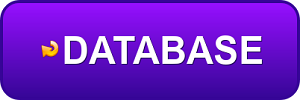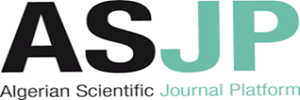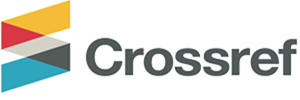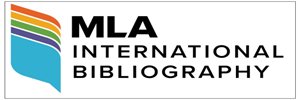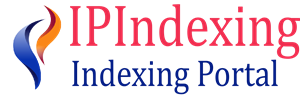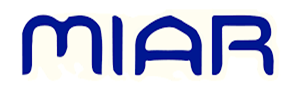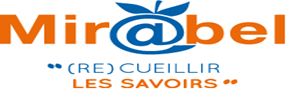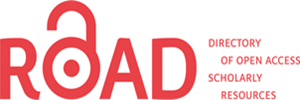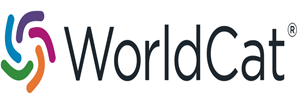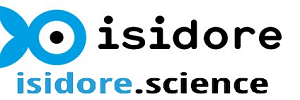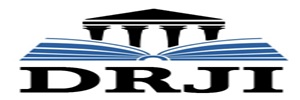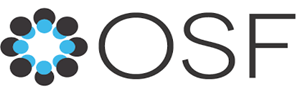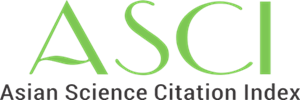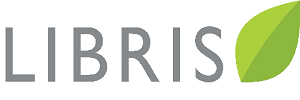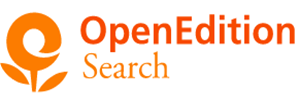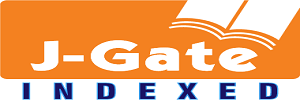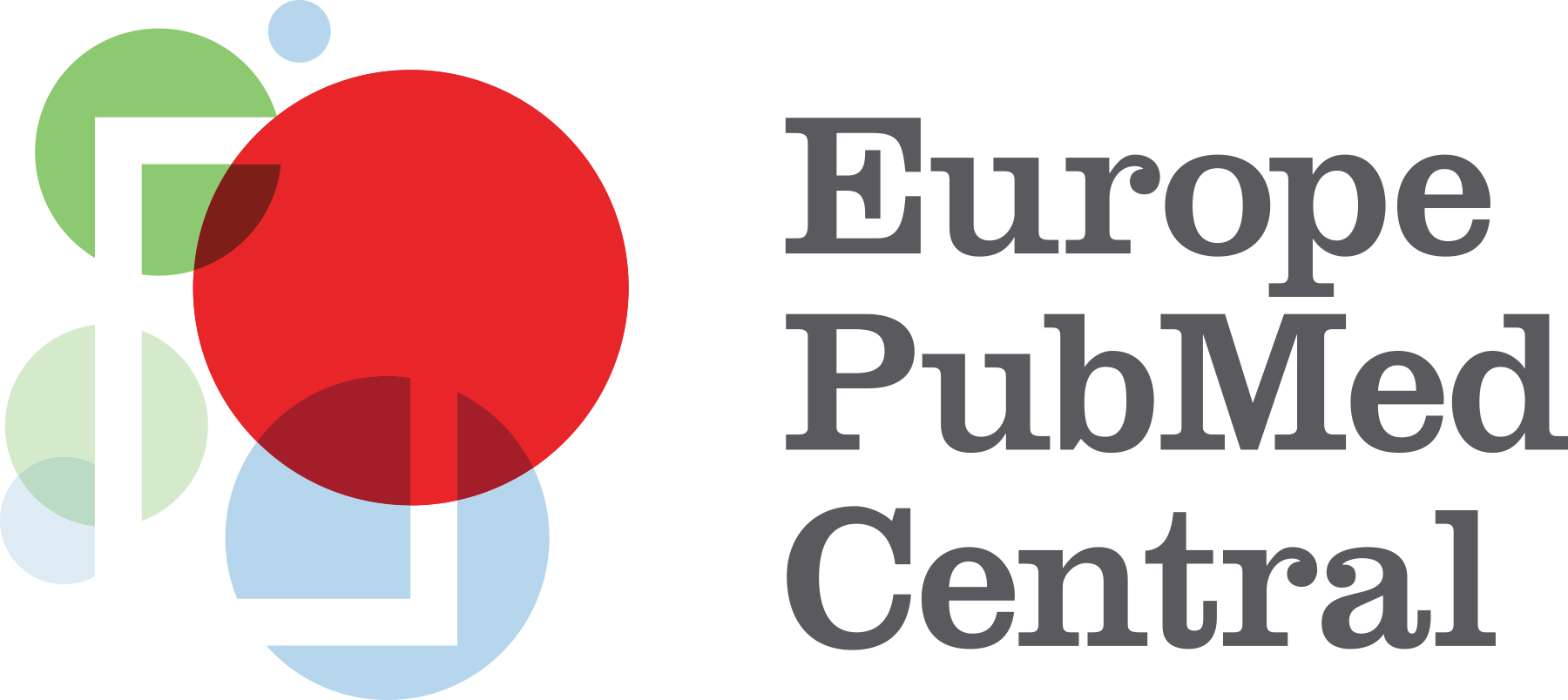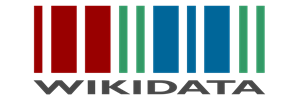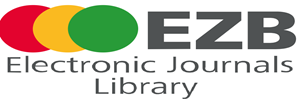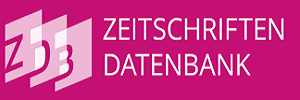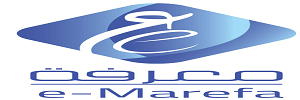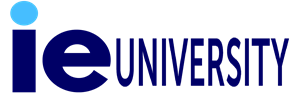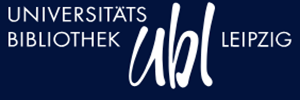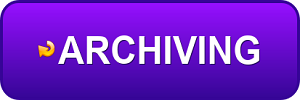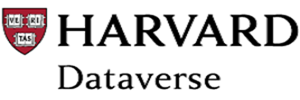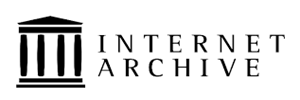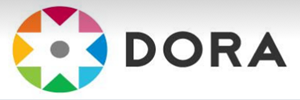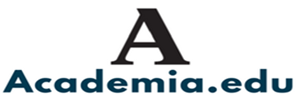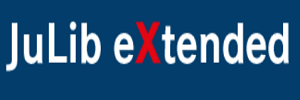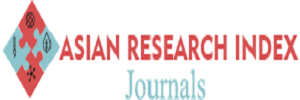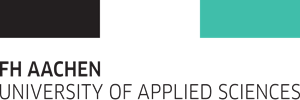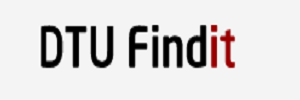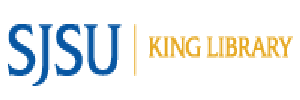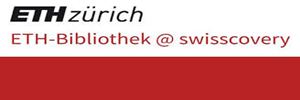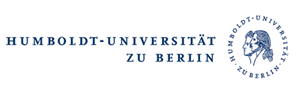Title: Inclusive Education in Tunisia: Expectations versus Reality
Mouna AYADI
The Faculty of Letters and Humanities of Sfax
The University of Sfax, Tunisia
Abstract
The study aimed to investigate the barriers to the implementation of inclusive education practices in Tunisia. This study is distinguished by a focus on the psychological barriers to inclusive education. Second, it is distinguished by using speech act theory to investigate Tunisian inclusive education provisions. A mixed-methods research approach was used to achieve the study’s goal. A questionnaire was used to collect data from a stratified sample of forty-four English teacher. The qualitative data was collected by analyzing five legal provisions using the Speech Act theory. According to the findings, various issues such as inappropriate policy development, insufficient support and resources, and curriculum issues hampered the implementation of inclusive education. Furthermore, an examination of the provisions revealed that the actual outcomes fell short of the authorities’ expectations, highlighting the need for additional action and support to achieve true inclusivity in education. As a result, policymakers and educators must address these issues and provide comprehensive support to ensure that all students have equal access to high-quality education.
Keywords:
Inclusive education, barriers, provisions, Students with special needs
How to Cite this Paper:
Ayadi, M. (2024).Inclusive Education in Tunisia: Expectations versus Reality. Atras Journal, 4(1), 17-29
References:
Ahmad, W. (2012). Barriers of Inclusive Education for Children with Intellectual Disability.
Indian Streams Research Journal, 2(II), 1–4.
Akbarovna, A. S. (2022). Inclusive Education and its Essence. IJSSIR, 11(1).
Berg, S. L. (2005). The advantages and disadvantages of the inclusion of students with
disabilities into regular education classrooms, (Unpublished doctoral dissertation).
University of Wisconsin–Stout, Menomonie, WI.
Brace, I. (2008). Questionnaire design: How to plan, structure and write survey material for
effective market research. Kogan Page.
Gaad, E. (2011). Inclusive Education in the Middle East. Routledge.
Kearney, A., & Kane, R. (2006). Inclusive education policy in New Zealand: Reality or ruse?
International Journal of Inclusive Education, 10(2-3), 201–219.
https://doi.org/10.1080/13603110500256145
Miles, S., Miller, S., Lewis, I., & Kroft, M. (2001). Schools for all: Including disabled
children in education. London: UK

Copyright for all articles published in ATRAS belongs to the author. The authors also grant permission to the publisher to publish, reproduce, distribute, and transmit the articles. ATRAS publishes accepted papers under the Creative Commons Attribution-NonCommercial 4.0 International (CC BY-NC 4.0) License. Authors submitting papers for publication in ATRAS agree to apply the CC BY-NC 4.0 license to their work. For non-commercial purposes, anyone may copy, redistribute material, remix, transform, and construct material in any media or format, provided that the terms of the license are observed and the original source is properly cited.
